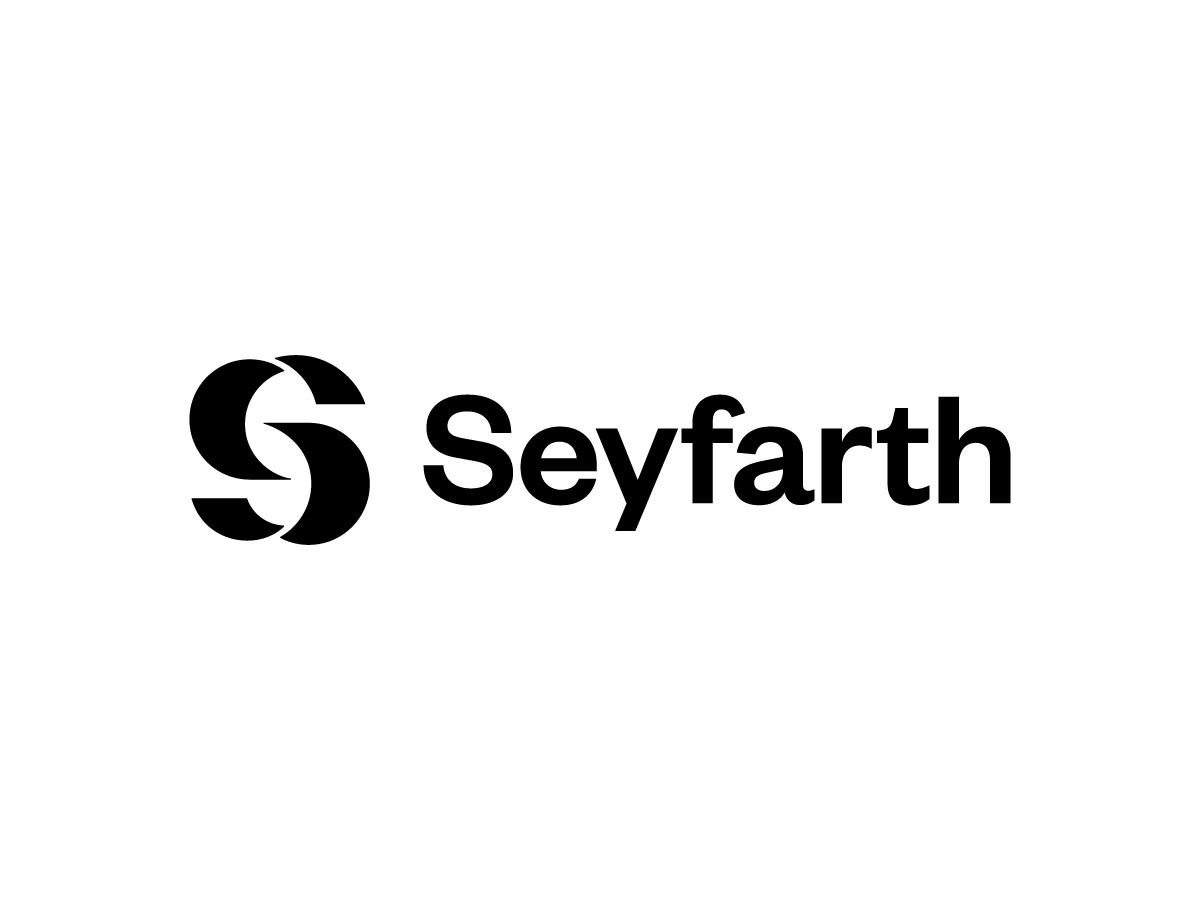SCOTUS Finds Dog Poop Jokes Reek of Infringement | Seyfarth Shaw LLP
The U.S. Supreme Court has unanimously rejected the Ninth Circuit’s opinion that a poop-themed dog toy should be protected as parody under the First Amendment. SCOTUS ruled today in Jack Daniel’s Properties Inc. v. VIP Products, Inc. that the right to free expression does not excuse “trademark law’s cardinal sin”—use of another’s trademark “as a trademark.”
Although the Court declined to take Jack Daniel’s suggestion that it should completely jettison the Rogers test, which courts apply to use of trademarks in artistic works, it did agree that the Ninth Circuit should not have used Rogers to rubber stamp the commercialization of dog toys obviously designed to mimic the look and feel of one of Jack Daniels’ whiskey bottles with the mark BAD SPANIELS and “The Old No. 2” where JACK DANIEL’S and “Old No. 7” would appear.
The Rogers test, which evolved out of the Second Circuit’s 1989 decision in Rogers v. Grimaldi, weighs two factors: (1) artistic relevance of the work at issue; and (2) whether use of the other party’s mark nonetheless “explicitly misleads as to the source or the content of the work.” Courts have applied Rogers in cases involving artistic works in lieu of the traditional, multi-factor likelihood of confusion test that governs trademark infringement claims.
In a majority opinion authored by Justice Kagan, the Court observed that Rogers “has always been a cabined doctrine,” and simply does not apply when use of a mark constitutes trading on the goodwill surrounding that mark: “Without deciding whether Rogers has merit in other contexts, we hold that it does not when an alleged infringer uses a trademark in the way the Lanham Act most cares about: as a designation of source for the infringer’s own goods.” This is true even where use of the mark “has other expressive content—i.e., because it conveys some message on top of source.”
The Court chastised the Ninth Circuit for expanding Rogers so far that, in the words of J. Thomas McCarthy, it “‘potentially encompasses just about everything’ because names, phrases, symbols, designs, and their varied combinations often ‘contain some ‘expressive’ message’ unrelated to source.” Few cases would ever pass that threshold “if all expressive content triggered the Rogers filter.”
To the extent intended use of the mark as a parody might affect the analysis, intent is among the likelihood of confusion factors and could still influence the outcome under that test, the Court concluded. It remanded to allow the lower court to evaluate Jack Daniel’s infringement claim based on likelihood of confusion.
As to Jack Daniel’s trademark dilution claim, the Court again chastised the Ninth Circuit for interpreting a statutory exception for “noncommercial” use to be so wide that it includes every single thing labeled a parody. In sum, under both of Jack Daniel’s claims, the core of the analysis should remain whether the defendant used the mark in a source-identifying manner.
Justice Sotomayor, joined by Justice Alito, issued a concurring opinion to highlight the fact that survey evidence in trademark cases should not overshadow other likelihood of confusion factors. Justice Gorsuch, joined by Justice Thomas and Justice Barrett, also submitted a concurring opinion. The Gorsuch opinion emphasized the fact that “we necessarily leave much about Rogers unaddressed,” and that lower courts “should be attuned to that fact” and apply it carefully.
View our previous post regarding this case here.






